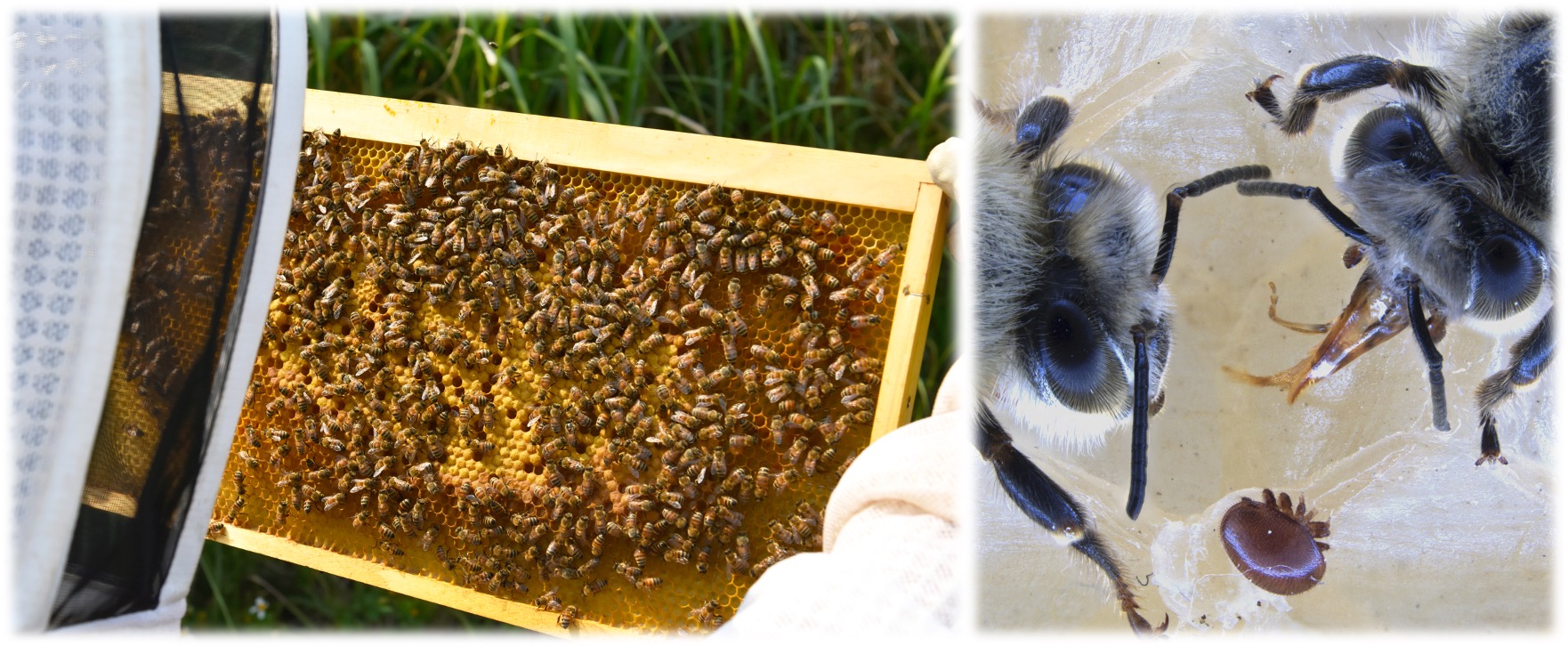Background The honey bee parasite, Varroa destructor, is the leading cause of global honey bee population declines. In addition to being an obligate ectoparasitic mite, Varroa carries several viruses that infect honey bees and act as the proximal causes of colony collapses. Yet, until recently, the study of Varroa has been limited by the availability of genomic tools. Lab- and field-based methods exploiting such methods are still nascent. This study developed a set of methods for preserving Varroa DNA and RNA from the field to the lab and for processing them into sequencing libraries. We performed preservation testing experiments in which Varroa mites were immersed in TRIzol, RNAlater, and absolute ethanol, as well as preservation periods up to 21 days post-treatment to assess DNA and RNA integrity.
Results For both DNA and RNA, mites preserved in TRIzol and RNAlater at room temperature degraded within 10 days post-treatment; mites preserved in ethanol at room temperature and 4°C remained intact through 21 days. Varroa mite DNA and RNA libraries were created and sequenced for ethanol preserved samples, 15 and 21 days post-treatment. All DNA sequences mapped to V. destructor at above 95% on average, while RNA sequences mapped to V. destructor, but also sometimes to high levels of the deformed wing virus, and other taxa.
Conclusion Ethanolic preservation of field-collected mites is inexpensive, simple and allows them to be shipped and processed successfully in the lab for a wide variety of sequencing applications. It appears to preserve RNA from both Varroa and at least some of the viruses it vectors.

